- Clone
- M562 (See other available formats)
- Regulatory Status
- RUO
- Other Names
- Aldehyde Dehydrogenase 1 Family Member A1, Retinaldehyde Dehydrogenase, ALDH-E1, RALDH 1, ALHDII, ALDH1, PUMB1, ALDC, Epididymis Secretory Sperm Binding Protein Li 53e
- Isotype
- Mouse IgG2a, κ
- Ave. Rating
- Submit a Review
- Product Citations
- publications
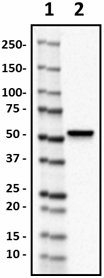
-

Western blot of purified anti-ALDH1A1 antibody (clone M562). Lane 1: Molecular weight marker; Lane 2: 20 µg of human brain lysate. The blot was incubated with 1.0 µg/mL of the primary antibody overnight at 4°C, followed by incubation with HRP-labeled goat anti-mouse IgG (Cat. No. 405306). Enhanced chemiluminescence (Cat. No. 426302) was used as the detection system. -

IHC staining of purified anti-ALDH1A1 antibody (clone M562) on formalin-fixed paraffin-embedded human cerebral cortex tissue. Following antigen retrieval using Citrate H.I.E.R (Cat. No. 420902), the tissue was incubated with 0.5 µg/mL of the primary antibody overnight at 4°C. BioLegend’s Ultra Streptavidin (USA) HRP Detection Kit (Multi-Species, DAB, Cat. No. 929901) was used for detection followed by hematoxylin counterstaining, according to the protocol provided. -

IHC staining of purified anti-ALDH1A1 (clone M562) on formalin-fixed paraffin-embedded human brain tissue. Following antigen retrieval using Sodium Citrate H.I.E.R (Cat. No. 928602), the tissue was incubated with 5 µg/mL of the primary antibody overnight at 4°C, followed by incubation with 2.5 µg/mL of Alexa Fluor® 594 goat anti-mouse IgG for one hour at room temperature. The slide was mounted with Fluoromount-G™, with DAPI. The image was captured with a 40X objective. Scale Bar: 50 µm -

ICC staining of purified anti-ALDH1A1 (clone M562) on A549 cell. The cells were fixed with 4% PFA, permeabilized with a buffer containing 0.1% Triton X-100 and 0.25% BSA, and blocked with 2% normal goat serum and 0.02% BSA. The cells were then incubated with 2 µg/mL of the primary antibody overnight at 4°C, followed by incubation with 2.5 µg/mL of Alexa Fluor® 594 goat anti-mouse IgG for one hour at room temperature. The cells were co-stained with Flash Phalloidin™ Green 488 (Cat. No. 424201). The slide was mounted with fluoromount G with DAPI. The image was captured with a 60X objective. Scale bar: 20 µm
| Cat # | Size | Price | Quantity Check Availability | Save | ||
|---|---|---|---|---|---|---|
| 861901 | 25 µg | £73 | ||||
| 861902 | 100 µg | £189 | ||||
ALDH1A1 belongs to the aldehyde dehydrogenase family of proteins and is involved in the metabolism of alcohol. There are two major liver isoforms, mitochondrial and cystolic, which are involved in the alcohol metabolism pathway. ALDH1A1 is also involved in retinol metabolism where retinol is converted to retinoic acid. Hematopoietic stem cell differentiation is suggested to be mediated through ALDH1A1 control of the retinoid signaling pathway.
Product DetailsProduct Details
- Verified Reactivity
- Human
- Antibody Type
- Monoclonal
- Host Species
- Mouse
- Immunogen
- Clone M562 was generated from a recombinant protein corresponding to amino acids in the N-terminal region from human ALDH1A1.
- Formulation
- Phosphate-buffered solution, pH 7.2, containing 0.09% sodium azide.
- Preparation
- The antibody was purified by affinity chromatography.
- Concentration
- 0.5 mg/mL
- Storage & Handling
- The antibody solution should be stored undiluted between 2°C and 8°C.
- Application
-
WB - Quality tested
IHC-P, ICC - Verified - Recommended Usage
-
Each lot of this antibody is quality control tested by Western blotting. For Western blotting, the suggested use of this reagent is 1.0 - 5.0 µg per mL. For immunohistochemistry on formalin-fixed paraffin-embedded tissue sections, a concentration range of 0.5 - 5.0 µg/mL for chromogenic staining and 2.0 - 5.0 µg/mL for fluorescent staining is suggested. For immunocytochemistry, a concentration range of 2.0 - 10 μg/mL is recommended. It is recommended that the reagent be titrated for optimal performance for each application.
- RRID
-
AB_2801235 (BioLegend Cat. No. 861901)
AB_2801235 (BioLegend Cat. No. 861902)
Antigen Details
- Structure
- ALDH1A1 is a 501 amino acid protein with a molecular mass of ~55 kD.
- Distribution
-
Tissue Distribution: Liver, kidney, red blood cells, skeletal muscle, lung, breast, lens, stomach, brain, pancreas, testis, prostate, and ovary.
Cellular Distribution: Extracellular, cytosol, cytoskeleton, mitochondria, and nucleus. - Function
- ALDH1A1 binds free retinal and cellular retinol-binding protein-bound retinal. ALDH1A1 is also responsible for the oxidation retinaldehyde to retinoic acid.
- Cell Type
- Endothelial cells, Oligodendrocytes
- Biology Area
- Neuroscience
- Molecular Family
- Aldehyde Dehydrogenases
- Antigen References
-
- Xu SL, et al. Am J Cancer Res. 2015 Mar 15;5(4):1471-83.
- Olmez I, et al. J Cell Mol Med. 2015 Jun;19(6):1262-72.
- Schäfer A, et al. Neuro Oncol. 2012 Dec;14(12):1452-64.
- Adam SA, et al. Brain Pathol. 2012 Nov;22(6):788-97.
- Gene ID
- 216 View all products for this Gene ID
- UniProt
- View information about ALDH1A1 on UniProt.org
Related FAQs
Other Formats
View All ALDH1A1 Reagents Request Custom Conjugation| Description | Clone | Applications |
|---|---|---|
| Purified anti-ALDH1A1 | M562 | WB,IHC-P,ICC |
Customers Also Purchased
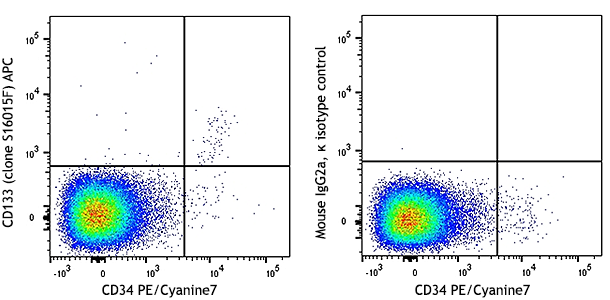
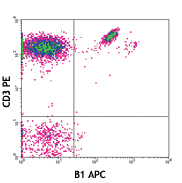
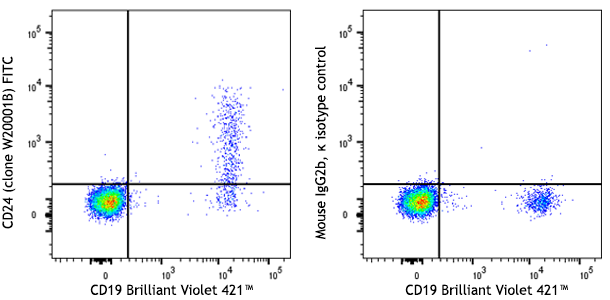
Compare Data Across All Formats
This data display is provided for general comparisons between formats.
Your actual data may vary due to variations in samples, target cells, instruments and their settings, staining conditions, and other factors.
If you need assistance with selecting the best format contact our expert technical support team.

 Login / Register
Login / Register 




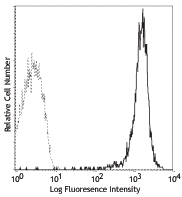
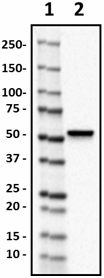
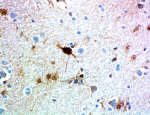
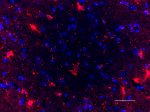
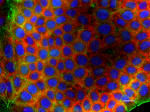



Follow Us